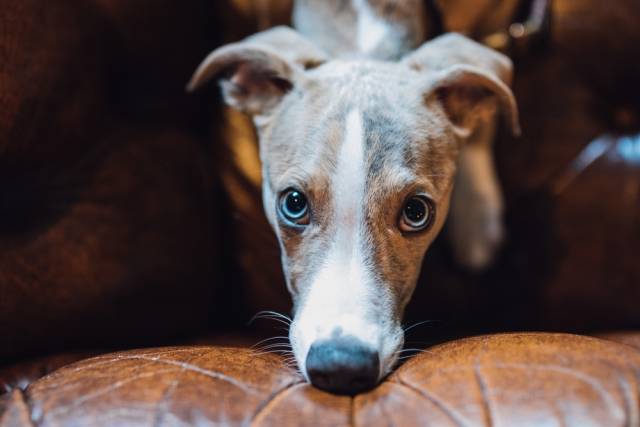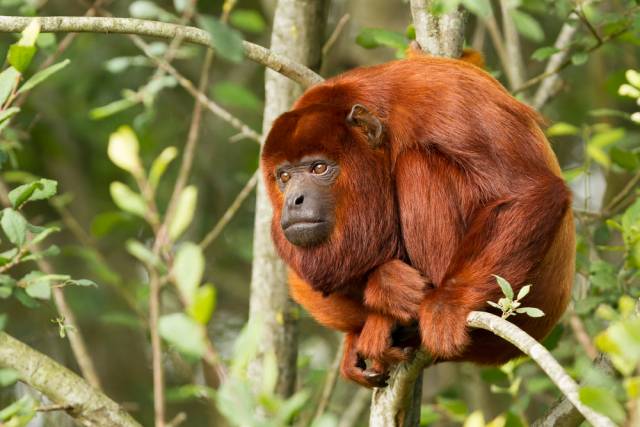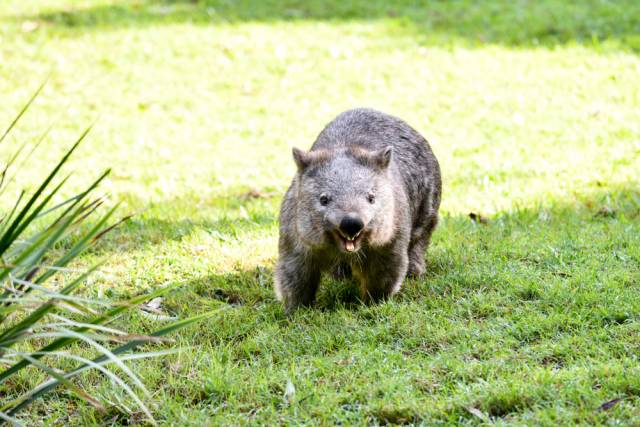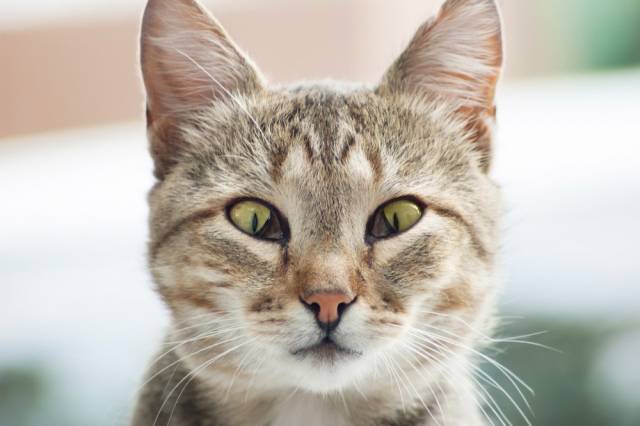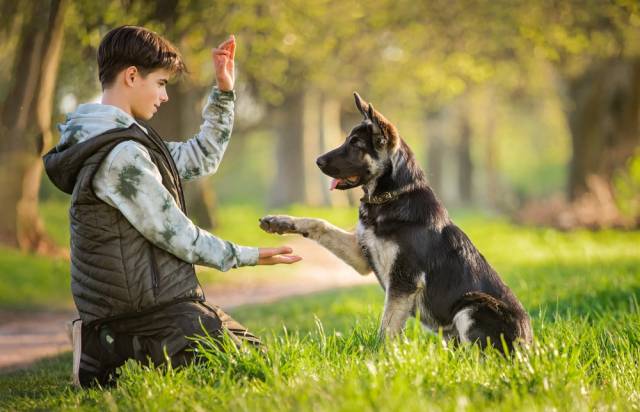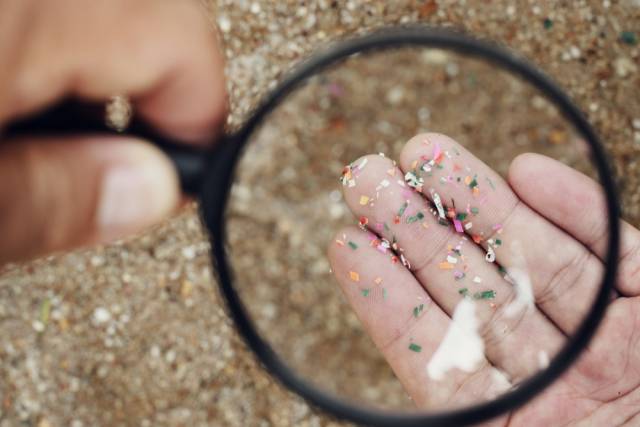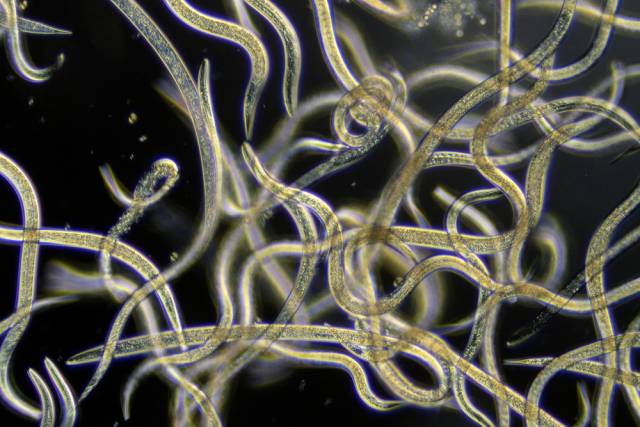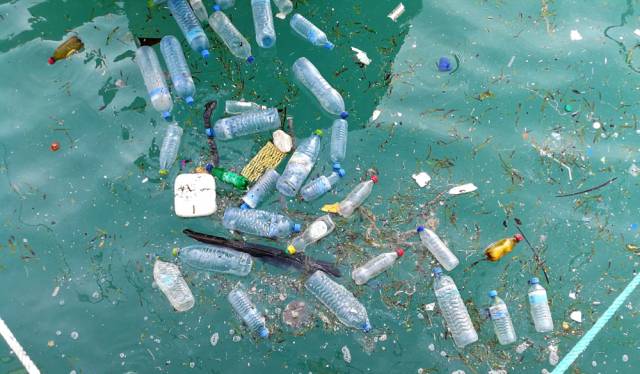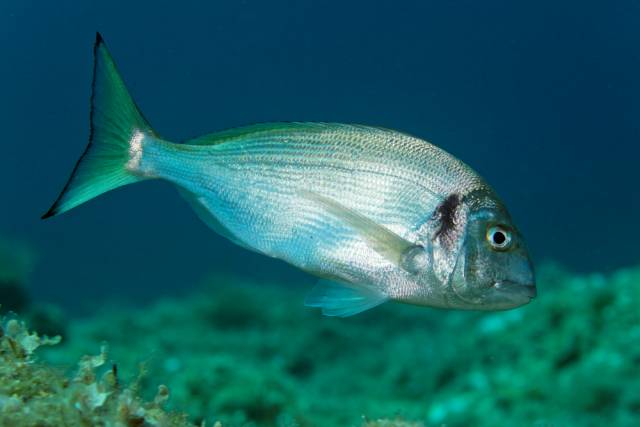When dogs look at their owners with big, sad and pitiful ‘puppy dog eyes,’ it’s easy to imagine that such an action is designed specifically to melt the heart and get some yummy treats. However, a new study presented in The Anatomical Record says that other canine species are just as capable of making ‘pitiful eyes’ as pets.
Joel Brown
Adverts
Adverts
The International Union for Conservation of Nature has listed Colombian howler monkeys as a vulnerable species. They live in forested areas near the town of Camalcalco, where the local population lost over a hundred of their brethren in May alone. Temperatures in Tabasco are predicted to hit 45 degrees Celsius in the last week of May.
According to conservation expert Gilberto Pozo, dehydrated howler monkeys are literally falling from branches and then perishing quickly on the ground within minutes.
Adverts
Adverts
The third eyelid, which is a fold of the conjunctiva, a thin mucous membrane covering the whites of the eye, is present in a number of species of mammals, birds, reptiles, fish and amphibians.
It protects the organs of vision, removes from them, and also carries out the distribution of tears on the surface of the eyeball, preventing it from drying out.
Adverts
In addition to howling, barking and growling, dogs also use their bodies to communicate. For example, their posture, head, ears and tail can communicate a lot to other animals and people. So the owner is required to be predictable, to be able to express his own expectations clearly and to follow the rules.
The expert recommended talking to the dog to teach him to make requests. The dog, understanding what is wanted of him, will begin to associate his own actions with the owner’s response. If the action is positively reinforced, he will show the same behaviour again and again.
In addition, the cynologist advised to assess the circumstances in which you can use words-commands with your pet, and begin to introduce them into everyday life.
Adverts
Scientists have long used layers of ash or ice to study past events on Earth, leading to the question of whether microplastics can serve as a reliable chronological marker of the Anthropocene (i.e., the period since 1950).
It is now clear that it can’t.
Even Antarctica, the most remote region of our planet, is not immune to polymer waste. Microplastics brought in by the wind settle in the local snow.
Adverts
Entomopathogenic nematodes are noted to lay eggs in the bodies of insects, and when they do, they release a toxin that quickly kills their hosts, which are often crop-eating pests. Farmers even sometimes add worms to the soil on purpose to control the number of such insects. When nematodes reach the surface, however, they are quickly killed by contact with ultraviolet light.
This is where a nematode-protecting gel developed by scientists at the University of Neuchâtel in Switzerland has a role to play. In the course of their research, experts have created a special hydrogel, which consists of live nematodes, placed in a gelatin matrix of non-toxic biodegradable carboxymethylcellulose.
Adverts
Experts say that if some species are surpassed by extreme pollution during reproduction, there simply won’t be a next generation of those species.
In their work, the scientists assessed how contact with polyvinyl chloride (PVC) pellets, which are used in the manufacture of a huge range of products, can affect the healthy development of seven marine species belonging to all major animal groups in the ocean.
As experts have observed, when these species are exposed to high levels of PVC pellets, their offspring are found to have many different abnormalities. Some of them fail to form a shell or notochord, while others stop developing altogether after several stages of cell division. In any case, viable embryos do not appear.
Adverts
In a fresh study, Italian, Albanian and Montenegrin experts monitored varieties of fish and cephalopod molluscs living in the Mediterranean Sea for cadmium, microplastics and antibiotics in their bodies.
In the waters of Castro Bay, increased concentration of plastic particles not exceeding 5 millimetres in size was observed in fish Sparus aurata and Dicentrarchus labrax. Cephalopods are also affected by cadmium.
Adverts
This is how the Milanese government intends to combat the busy crowds on the streets at night. The ban will be in force from May to November, from 00:30 on weekdays and from 01:30 on weekends. It will only affect outdoor cafes.
Milanese can appeal before May to propose adjustments to the bill.
There was already an attempt to introduce a similar law in 2013. However, this idea was not realised, as angry ice cream sellers organised a protest action. Because of the conflict situation, the head of the city D. Pisapia had to resign.
Adverts

